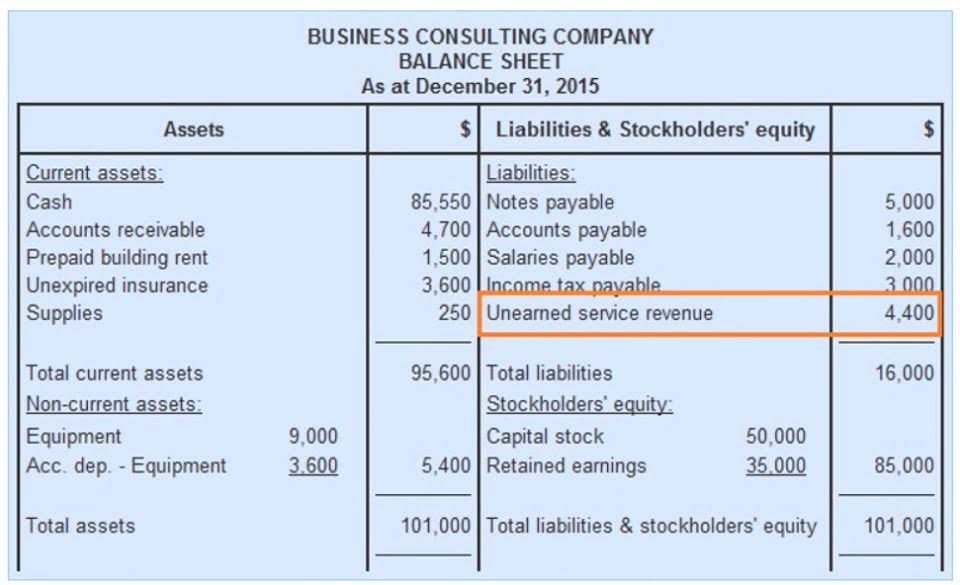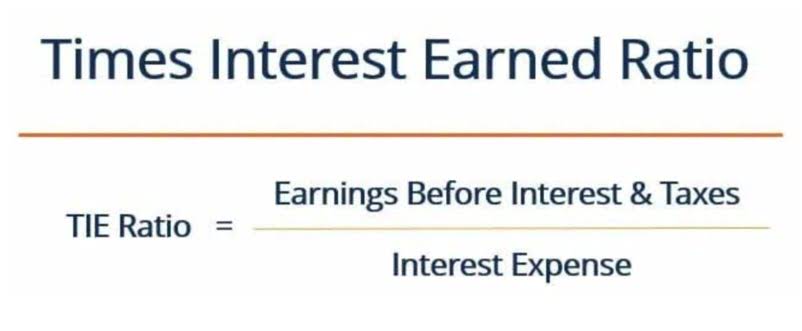
This metric reflects the company’s bottom line and provides insight into its ability to generate actual profit after all costs are considered. This metric measures how efficiently a company manages its operations as a whole, beyond just production costs. Improving profit margin can be achieved by reducing costs, increasing sales, or enhancing product value and pricing. If you’re interested in learning more about accounting or are thinking about pursuing an accounting career, we can help. Our online programs can help you balance your commitment to education with work, family and other elements of your busy life.

Steps to calculate gross profit margin
- A review of the systems in place will be necessary to correct these problems and save the business from financial ruin.
- Accrual accounting recognizes revenue when it’s earned, not when the cash arrives.
- Multinational corporations face unique challenges in managing accounting profit across different jurisdictions.
- Whether through cost management, pricing adjustments, or efficiency improvements, increasing the profit margin can lead to greater profitability and business growth.
- Avoiding these errors will help you get a clearer and more precise picture of your financial health.
While this type of revenue contributes to your total income, it does not reflect how your business performs daily. Often referred to as the “top line,” revenue sits at the top of your company’s income statement and drives nearly every key financial metric below it. Whether you’re running a SaaS company, a retail business, or a professional services firm, tracking revenue gives you the clearest picture of how your operations perform. It focuses on earnings before accounting for debt financing and non-cash expenses. Total revenue encompasses all income generated from sales and other business activities. For a retail company, this includes product sales, service fees, and any ancillary income streams.

Net Income = Revenue – COGS – Operating Costs – Non-Operating Costs – Corporate Taxes
Access and download collection of free Templates to help power your productivity and performance. Learners are advised to conduct additional research to ensure that courses and other credentials pursued meet their personal, professional, and financial goals. A review of the how to calculate accounting profit systems in place will be necessary to correct these problems and save the business from financial ruin. Another method is showing the numbers in red -$25, or in brackets like this ($25).
Step 2: Aggregate Explicit Costs

For instance, a manufacturing firm would include expenditures on raw materials, labor, and machinery maintenance. These costs are typically documented in financial statements and operational records. Research suggests companies generating positive economic profit tend to outperform in the stock market over time, though this relationship isn’t always immediate or direct. Beyond its theoretical importance, economic profit has profound practical applications for business management and investment analysis.


For example, your boot store may offer three different product types and find that, although real estate cash flow overall company sales are steady, your leather boot sales have declined in recent months. After figuring out the profit for that particular product line, you may decide to discontinue the product. Expenses include everything your business spends money on, from supplies and materials to rent, utilities, and even salaries.
- Accounting profit is a company’s total earnings, calculated according to generally accepted accounting principles (GAAP).
- By incorporating opportunity costs, economic profit provides a more complete view of performance—one that acknowledges capital is not “free” even when it comes from shareholders rather than creditors.
- A manufacturing company once relied solely on accounting profit without considering cash flow constraints.
- Despite reporting strong earnings, the firm faced liquidity issues due to delayed customer payments.
- Similarly, using personal savings to fund the business instead of investing in bonds with a 5% return constitutes another implicit cost.
- By carefully tracking these costs, companies can identify areas where savings can be made without compromising productivity.
This helps match revenue to the right period, giving a more accurate picture of performance. A financial analyst reviewing these results would interpret EBITDA and Net Income in different ways depending on whether they need to assess operational performance, profitability, or valuation. Understanding the differences between EBITDA and Net Income is essential for finance professionals, investors, and business leaders. This guide breaks down each metric, their advantages and limitations, and how they are used in financial modeling. This latter approach is particularly useful because it separates operating performance (captured in NOPAT) from capital efficiency (reflected in the capital charge). Implicit costs can be estimated by considering the next best alternative use of resources, such as forgone wages or rental income.
- It focuses on earnings before accounting for debt financing and non-cash expenses.
- While depreciation lowers reported earnings, it does not impact cash flow directly.
- It also serves as a baseline for profitability since most business expenses tie back to these core activities.
- Get stock recommendations, portfolio guidance, and more from The Motley Fool’s premium services.
- Accounting profit focuses on revenue minus explicit costs, while economic profit includes both explicit and implicit costs, offering a more comprehensive view of financial performance.
- Since accounting profit does not account for these costs, companies may make decisions that appear profitable on paper but result in missed opportunities.
Two core types of revenue
Particularly, underlying profit may be calculated by eliminating unusual one-time charges, due to their infrequency. Knowing your petty cash company’s accounting profit can make it easier to plan for its financial future. Profit is found at the bottom of the income statement and reflects the company’s efficiency and financial sustainability. Profit metrics influence major business decisions around budgeting and planning because they consider both cash and non-cash expenses. If you offer multiple products or services at different price points, total revenue is the sum of each line’s earnings.
Additionally, normal profit thresholds vary across industries and economic cycles, requiring continuous updates. Normal profit represents the minimum return required to keep a business operational in its industry. It is not an actual expense but a threshold that must be surpassed to achieve economic profit. For instance, in a highly competitive sector, normal profit might align with the risk-free rate plus a modest risk premium. InvestingPro offers 100+ premium metrics not available to regular users, including capital efficiency ratios crucial for identifying true value creators. Companies implementing EVA systems often experience improved capital efficiency, better strategic decision-making, and stronger alignment between management actions and shareholder interests.





